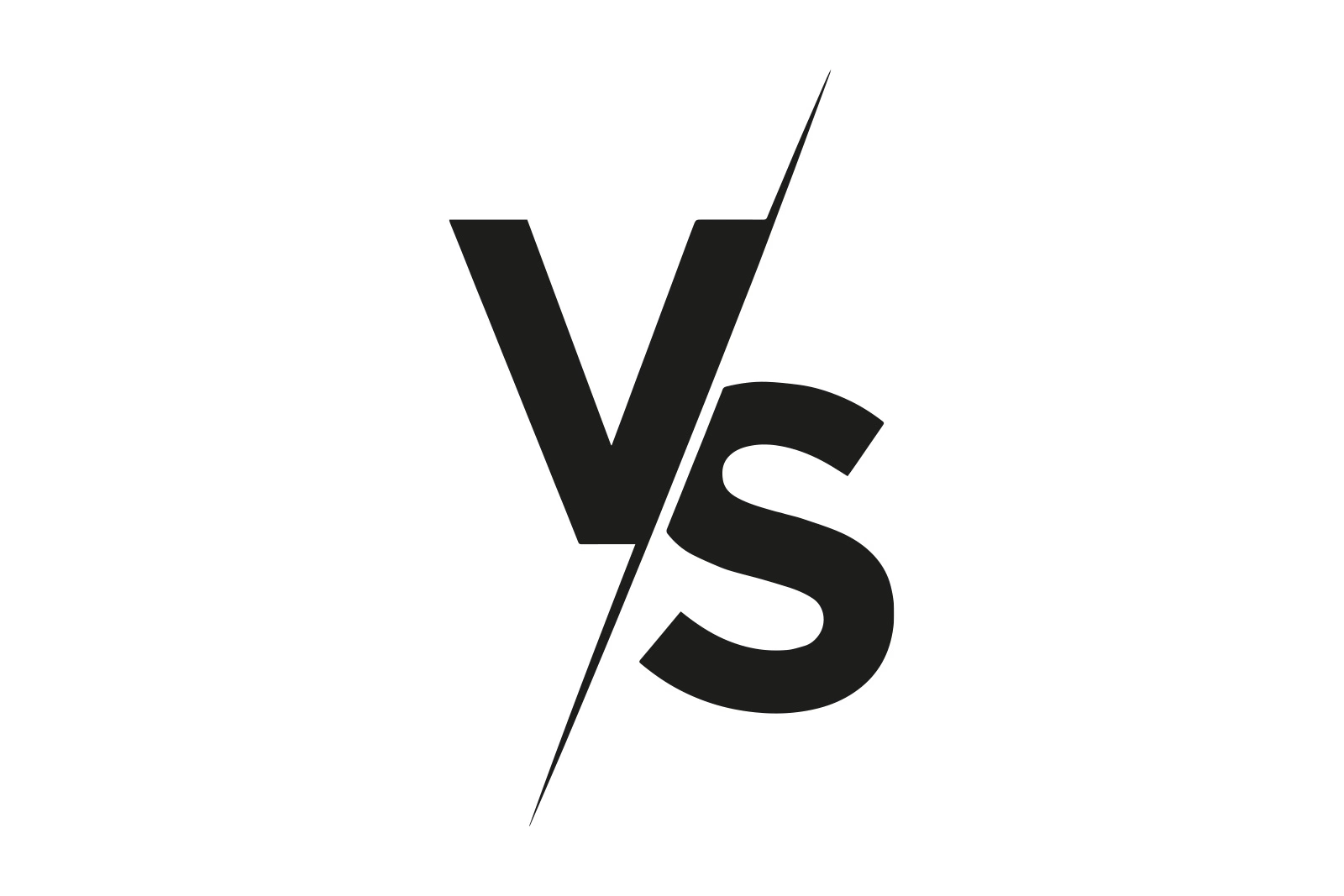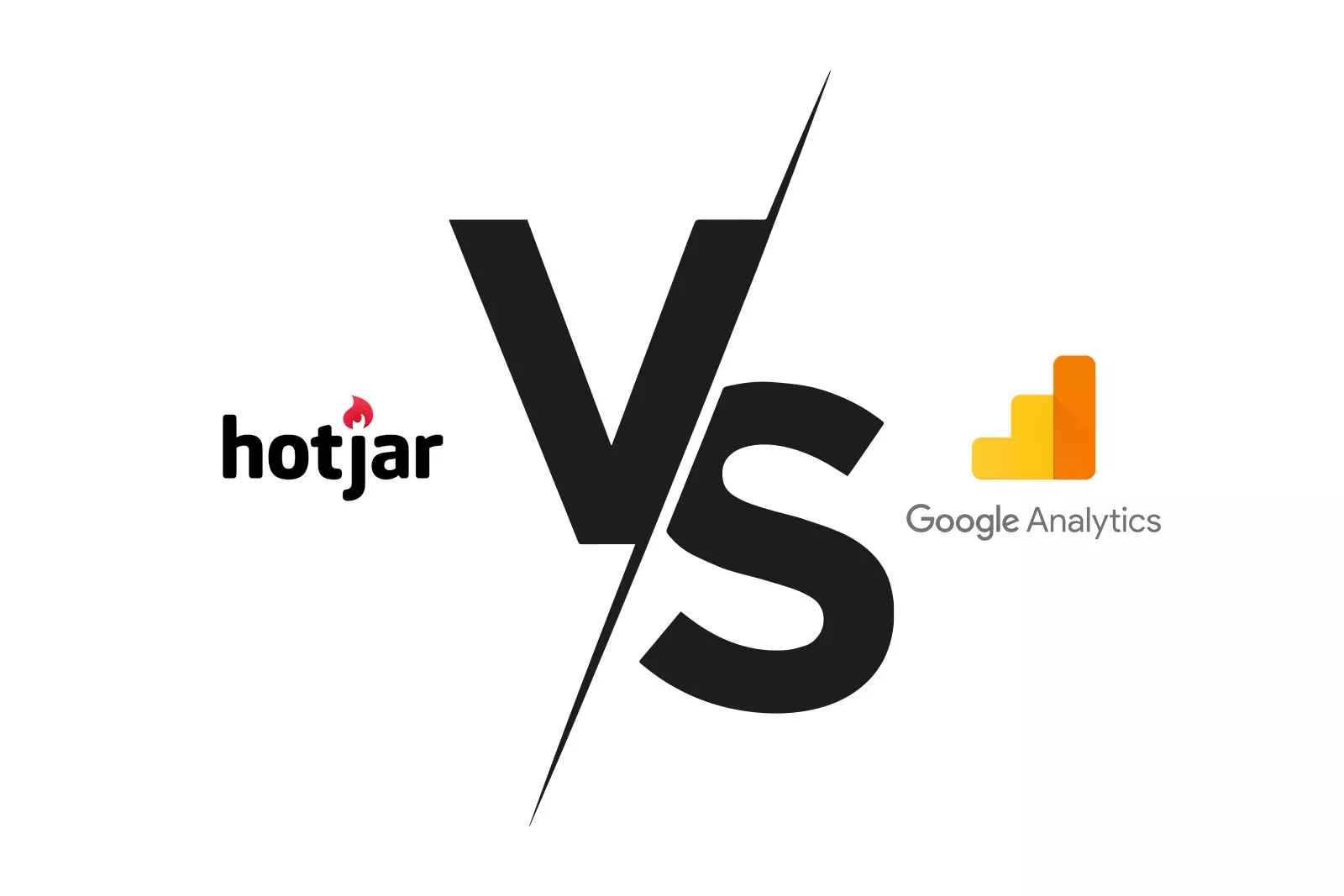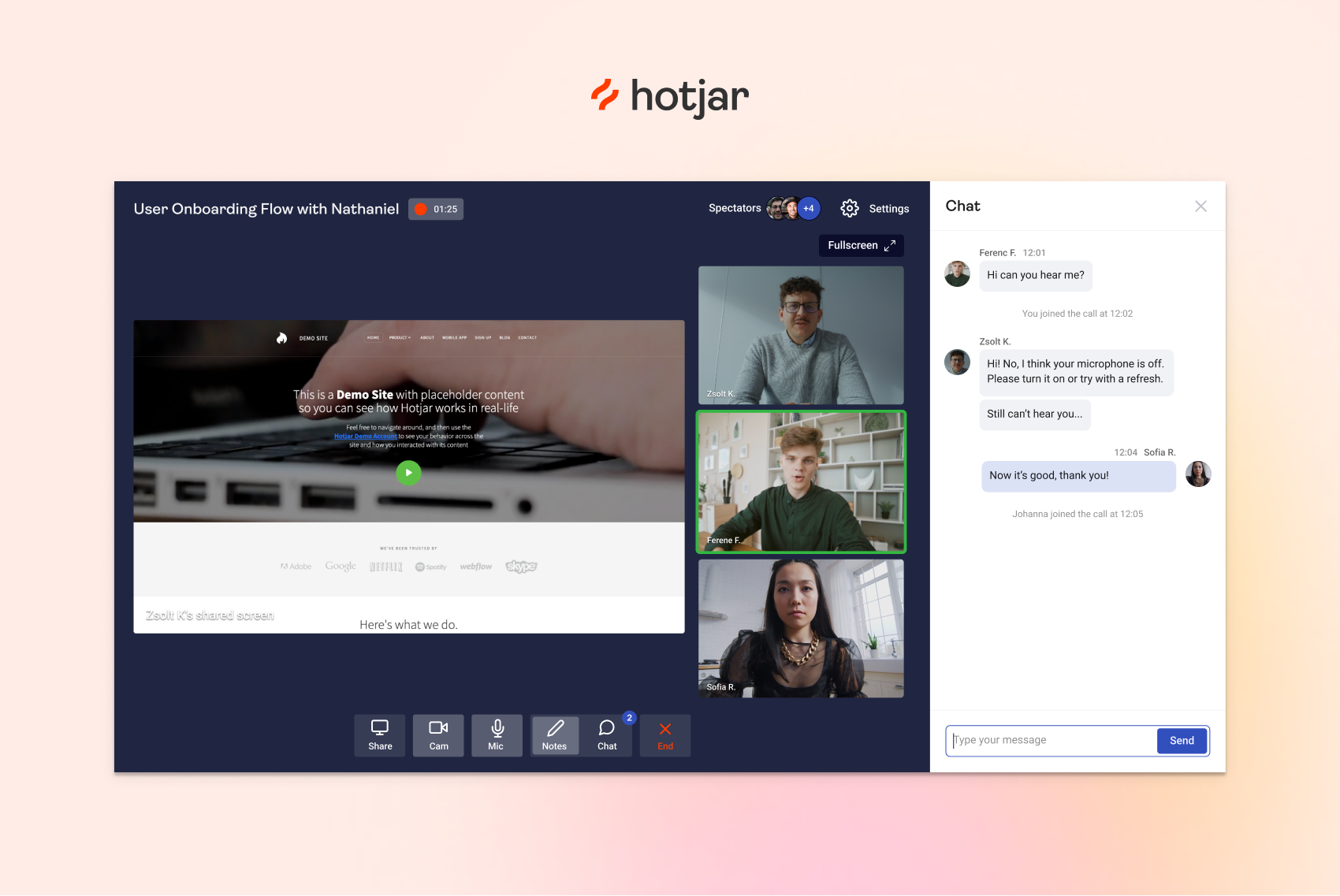As an online business owner, you must know how your users interact with your web app, landing page, website, or...

What is a UX Researcher: Everything You Need to Know
The user experience is how a person feels when interacting with a system, product, or service. Naturally, companies want that experience to be as positive as it can be, which is more likely to lead to conversions and, ultimately, a better bottom line.
To do that, companies analyze the user experience and find the best ways to improve it. But who’s behind all of this?
In this guide, we’ll dive into user research and the indispensable person behind it all–the UX researcher.
What is UX Research?
UX research, also known as user experience research or simply user research, is the systematic investigation done to understand users’ needs, motivations, behaviors, and how they interact with products and services.
It employs various methodologies to gather insights that can inform and guide the design process, ensuring that the end product resonates with the target audience and improves their overall experience.
The main goal is to bridge the gap between users and designers, providing evidence-based data that can drive design decisions. By focusing on the user, UX research helps in creating products that are not only aesthetically pleasing but also functional, accessible, and user-friendly.
Plus, UX research allows designers and developers to anticipate user issues, preferences, and expectations, leading to the creation of products that truly meet users’ needs and solve their problems effectively.
What is a UX Researcher?
A UX researcher is essentially a digital detective with a keen eye for user behavior and a heart for empathy.
They blend analytical prowess and a deep understanding of human behavior to enhance digital experiences. Their main task is to dig deep into what users need, desire, and expect and how they interact with digital interfaces in their everyday lives.
At a glance, a UX researcher is someone who:
- Understands the issue or problem
- Uses a variety of UX research methods to understand how users behave in the context of the issue or problem
- Gathers data and insights that can be useful in creating actionable ideas or solutions
- Consolidates their results and works with the rest of the team and stakeholders to determine viable solutions to the problem
What Does a UX Researcher Do?
It’s easy to summarize the job of a UX researcher into a few simple sentences, but the role is much deeper than that. To fully understand what a UX researcher does and why they are crucial for any business, let’s look into the core responsibilities of the job:
User Recruitment
A typical UX research strategy starts by identifying and recruiting a representative sample of the target user base. This involves defining criteria for participants that reflect the diversity of the product’s user group, ensuring that the research outcomes are relevant and inclusive.
Example: To recruit users for testing a new fitness app, a UX researcher might post an announcement on social media platforms and fitness forums targeting individuals interested in health and fitness.
They might specify looking for a mix of fitness levels, from beginners to seasoned athletes, to ensure a diverse range of feedback on the app’s usability and features.
Interested participants will be asked to sign up through a short online form, which will screen for eligibility based on predefined criteria like age, fitness level, and smartphone usage.
Data Collection and Observation
Next, the UX researcher collects valuable data on how users interact with a product or service. This phase is crucial for observing real user behavior, preferences, and challenges in interaction with the design. Common research methods UX researchers use include:
- User interviews
- Surveys
- Field studies
- Usability testing
Example: For the fitness app, the UX researcher will conduct usability testing where participants are asked to complete specific tasks within the app, such as setting up a workout plan, tracking a workout session, and accessing fitness reports.
During these sessions, the researcher observes how easily users navigate the app, noting any confusion or difficulties encountered. They also collect verbal feedback by asking participants to think aloud as they use the app, providing insights into their thought processes and experiences.
Data Analysis
After gathering the data, the UX researcher moves onto a meticulous analysis phase to understand the underlying patterns, trends, and specific issues users face while interacting with the product.
This process requires both qualitative research, such as user comments, feedback, and observational notes, and quantitative research, including task completion rates, time spent on various tasks, and frequency of use of different app features.
The researcher uses various analytical techniques and tools to organize and interpret the data. For example, thematic analysis may be applied to qualitative data to identify common themes in user feedback, while statistical analysis might be used to understand user behavior patterns through quantitative data.
By cross-referencing observations from user behavior with direct feedback, the researcher can pinpoint not just the obvious pain points but also subtler aspects of the user experience that might not be immediately apparent.
Example: In analyzing the data collected from the fitness app usability tests, the UX researcher discovers several key insights. For instance, a significant number of users struggled to find how to customize their workout plans, a feature that was buried deep within the app’s menu.
Additionally, quantitative data reveals a high dropout rate at the workout tracking feature, suggesting usability issues. By identifying these patterns, the researcher highlights critical areas for improvement. Furthermore, positive feedback on the app’s social sharing feature suggests users enjoy this aspect, pointing towards an area to develop further.
Collaboration
Armed with research insights, the UX researcher collaborates closely with UX designers, product managers, developers, and other stakeholders. They communicate their findings effectively, ensuring that the user’s voice is heard and integrated into the design process.
UX researchers might make buyer personas and “information radiators” or journey maps better to communicate their findings across different design and development teams.
Example: After identifying key insights from the data analysis, the UX researcher arranges a collaborative workshop with the fitness app’s design and development teams. During this session, the researcher presents the findings, emphasizing the need for a more intuitive navigation system to make the workout customization feature easily accessible.
They also highlight the user feedback on the social sharing feature, suggesting it as a key area for further development to enhance user engagement.
Together, they brainstorm solutions, such as redesigning the app’s interface to include a more prominent ‘Customize Workout’ button on the home screen and enhancing the social sharing feature with more interactive elements. The development team discusses technical feasibility while the design team sketches initial concepts.
What Are the Necessary Skills For UX Researchers?
Whether you’re an aspiring UX researcher or looking to hire one, it’s important to know what skills the job entails. UX researchers require a unique blend of skills to effectively uncover user needs and translate them into actionable insights for product development.
Here are some essential skills:
Empathy
The ability to understand and share the feelings of others is critical. UX researchers must be able to put themselves in the users’ shoes and genuinely grasp their experiences, challenges, and needs.
Analytical Thinking
It is essential to sift through data, both qualitative and quantitative, to identify patterns, trends, and insights. UX researchers must analyze data, user feedback, and behavior to make informed recommendations.
Effective Communication
UX researchers must articulate their findings and insights clearly and persuasively to stakeholders, designers, and developers. This includes writing reports, presenting findings, and facilitating workshops.
Curiosity
A strong desire to learn and understand user behavior and technology trends is vital. UX researchers should always be asking questions and seeking out new information to stay ahead of the curve.
Problem-solving
It is crucial for user experience researchers to be able to think critically and creatively to solve problems. They must devise research strategies and methods to uncover insights that can address complex design challenges.
Collaboration
UX research is highly collaborative, requiring the ability to work effectively with cross-functional teams, including designers, developers, product managers, and stakeholders.
Technical Proficiency
While not necessarily needing to code, familiarity with research software and tools, as well as a basic understanding of design and development processes, can significantly enhance a UX researcher’s effectiveness.
What Tools Do UX Researchers Use?
UX researchers use a variety of tools to conduct their research, analyze data, and share insights.
Here are several of the most commonly used tools:
Survey and Questionnaire Tools
Platforms like FullSession, Google Forms, Typeform and its alternatives are used to create and distribute surveys and conduct quantitative and qualitative research.
Usability Testing Software
Tools like UsabilityHub, UserTesting, and Lookback allow researchers to conduct remote usability testing, record user sessions, and analyze how target users interact with a product.
Analytics Tools
Google Analytics and FullSession provide insights into user behavior on websites and apps, helping researchers understand how users navigate and where they might encounter issues.
User Interview Platforms
Zoom, Microsoft Teams, and Skype are commonly used for conducting remote interviews, allowing researchers to gather in-depth qualitative data.
Prototyping Tools
Figma, Sketch, and Adobe XD are used not only by designers but also by researchers to create and test wireframes and prototypes, facilitating quick iterations based on user feedback.
Data Analysis Software
Excel, SPSS, and NVivo help in organizing, analyzing, and visualizing data, making it easier to identify patterns and insights.
Journey Mapping Tools
FullSession, Lucidchart, and UXPressia enable researchers to create user journey maps that visualize the user’s experience through different stages of interacting with a product or service.
Collaboration and Project Management Tools
Slack, Trello, and Asana facilitate communication and collaboration among user experience researchers and other stakeholders, ensuring that insights and recommendations are effectively integrated into the product development process.
How to Hire the Right UX Researcher
Any business that wants to maximize its online potential needs a UX researcher. But just like any role, hiring great user researchers can be challenging.
So, here are some tips to help you hire the right person for your team:
- Look for a Strong UX Research Portfolio: Look for a variety of research methods and in-depth case studies in their portfolio.
- Assess Research Skills: Ensure they have expertise in both qualitative and quantitative research. Test their ability to analyze data and extract meaningful insights. This could be through discussing past projects or through a practical test.
- Evaluate Communication Skills: Assess their ability to articulate findings and influence design decisions clearly. The candidate should be able to clearly articulate their findings and how they’ve impacted design decisions in past projects.
- Test for Adaptability and Curiosity: Check for a continuous learning mindset and problem-solving capabilities. The best UX researchers are those who are curious and constantly learning. Ask about how they’ve adapted to new tools or methodologies.
- Prioritize Cultural Fit: Since UX researchers often work closely with designers, product managers, and developers, it’s important they can collaborate effectively.
- Consider a Practical Assignment: A practical assignment can give you insight into the candidate’s thinking process, their approach to research, and how they present their findings. This could be a small research task related to your product or a case study presentation of their previous work.
Upgrade Your UX Research Projects with FullSession
UX research is necessary for the most fundamental business goals: better customer satisfaction, conversion rate, and profitability. Behind it all is the UX researcher, someone who understands how users interact with the product and why they feel what they feel and uses data-driven strategies to improve the overall UX.
However, great UX research skills are not enough for an effective UX strategy. A savvy UX researcher will also know how to leverage tools to make quantitative and qualitative user research easier and more effective.
Whether you’re a beginner in the UX research career or want to supplement your current team’s arsenal, put FullSession at the top of your list. FullSession is an intuitive web analytics tool that gives you access to everything you need to analyze your target users, including:
- Interactive heatmaps
- Session recordings and replays
- Customer feedback tools
- Market segmentation and filtering tools
FullSession Pricing Plans
The FullSession platform offers a 14-day free trial. It provides two paid plans—Basic and Business. Here are more details on each plan.
- The Basic plan costs $39/month and allows you to monitor up to 5,000 monthly sessions.
- The Business plan costs $149/month and helps you to track and analyze up to 25,000 monthly sessions.
- The Enterprise plan starts from 100,000 monthly sessions and has custom pricing.
If you need more information, you can get a demo.
Improve Your Website’s User Experience Right Now
It takes less than 5 minutes to install tools that improve your website’s user experience with FullSession, and it’s completely free!
FAQs About UX Research
How important is UX research for small businesses?
Incredibly important. Understanding your users can help you punch above your weight, making your offerings more competitive and tailored to your audience’s needs.
Is UX research expensive?
It can be, but it doesn’t have to be. There are many low-cost methods to gain valuable insights, and the return on investment in understanding your users can be substantial.
Do I need a degree to become a UX researcher?
Not necessarily. While a degree in fields like psychology, human-computer interaction, or design can be helpful, many UX researchers come from diverse backgrounds and transition into the field through bootcamps, online courses, and self-study. What’s crucial is a solid understanding of research methodologies, user empathy, and the ability to analyze and communicate findings effectively.





